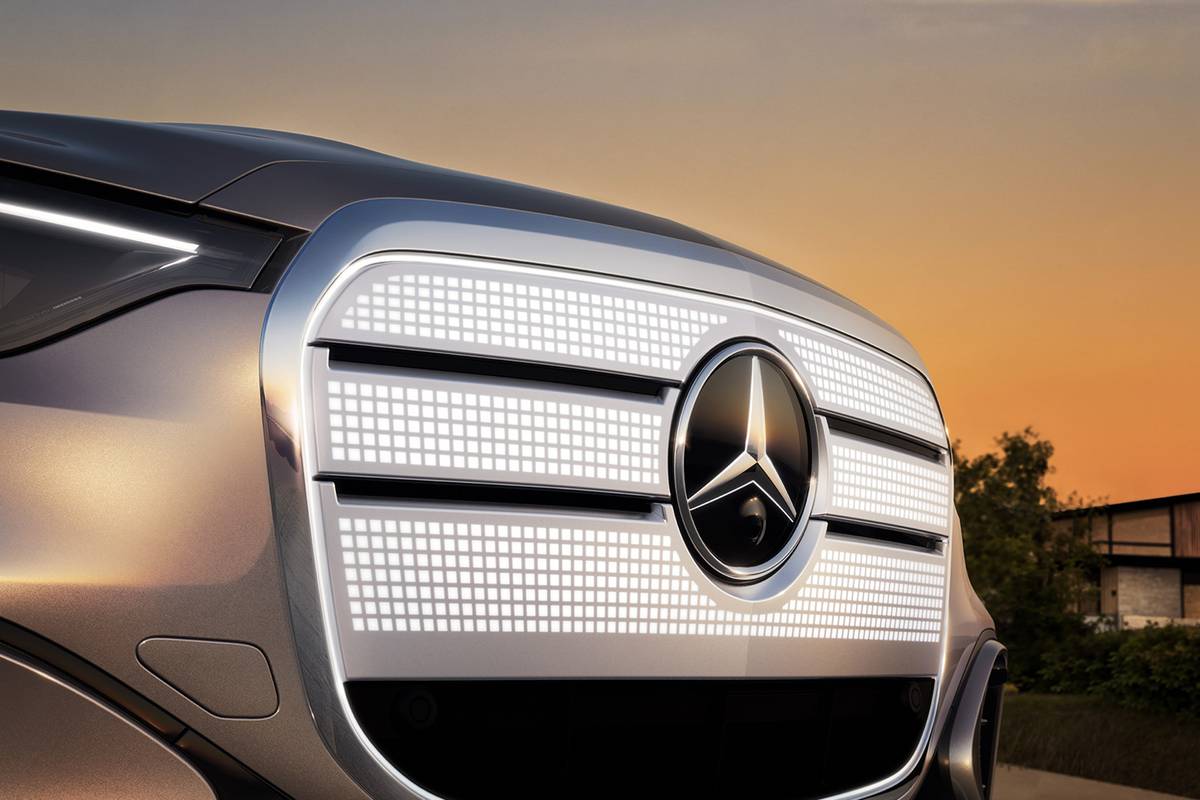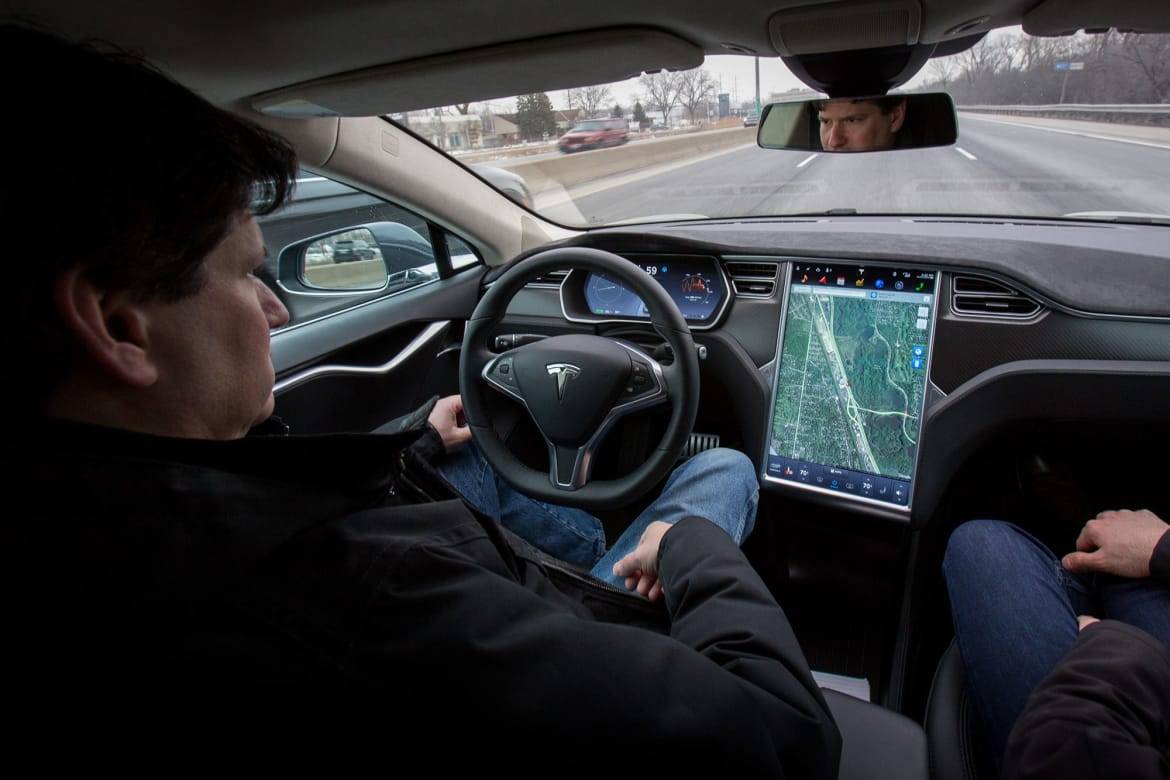chicagotribune.com's view
As the media arrived for a preview of Cadillac`s 1992 models, a new Seville and Eldorado were positioned for display outside the Hamtramck plant that assembles the machines.
The larger and totally restyled Seville and Eldorado were the stars of the media unveiling.
As we walked past the metal celebrities on the way into the plant, a fellow journalist asked us, “So what do you think of the new cars?“
Our reply:
“Don`t have the desire to run over and give either a hug.“
For 1992, Cadillac once again attempts to put Seville and Eldorado on the pedestal both were knocked from when the sedan and coupe were downsized and restyled in the 1986 model year.
You may recall `86 was the year, for example, that Cadillac brought out sterile hunks of metal to replace the bustle-back Seville and long hood/short deck Eldorado. The `86 imposters robbed Cadillac of distinctiveness, and it has suffered ever since.
There`s good news and bad news for 1992. Bad news first: Styling of the new models leaves us absolutely cold. Cadillac calls it “understated elegance,“ which is akin, when asked about your daughter`s looks, to the reply, “She`s a great cook.“
Cadillac General Manager John Grettenberger even admitted that the new Seville and Eldorado were to have been introduced in the 1991 model year, not 1992. The delay, he said, was because he wasn`t pleased with the styling.
“We delayed the introduction for a year. We weren`t satisfied with Eldorado`s styling. We asked Chuck Jordan (head of GM`s styling studio) to give us some more styling iterations on that car. We looked at five more different iterations of the Eldorado,“ he said.
“We wanted people`s mouths to water when they saw the new Seville and Eldorado. We wanted to rejuvenate the Cadillac image,“ Grettenberger said.
Though personally we were left with a parched throat, the good news is that, while the `92 Seville and Eldorado are not styling masterpieces, they are engineering gems. Cadillac set the stage for 1992 by offering special touring suspension systems in the `91s.
For 1992, Cadillac offers base models in the Seville and Eldorado series and upgraded Seville STS and Eldorado Touring Coupe versions equipped with the special suspensions at the top end.
In base form, Seville and Eldorado are cars to be driven in-soft, quiet, pleasant machines that don`t offend.
In STS and Touring Coupe garb, they become machines made to be driven- luxurious but sporty.
Once behind the wheel of each, our first thought was that Cadillac provided the bodies, Pontiac the engines, transmissions and suspensions. The Touring Coupe and STS perform like the SSE from sister division Pontiac.
A tip of the chapeau to Cadillac chief engineer Bob Dorn and his staff.
We test drove the base Seville and STS, and the base Eldorado and Touring Coupe on the test track at the assembly plant.
The base versions differ from the upgrades so much they`re like totally different cars.
Regardless of base or upgrade, we found one thing common to all four cars-the gas pedal was slick, and our foot slipped on each. Cadillac explained that the cars were hand-built prototypes that have accumulated massive mileage over the last year. This was the reason for the wear on the accelerator pedals, officials said. It should be noted the brake pedal still had ample traction.
One other thing we noted was that the position of the brake and accelerator pedals seemed a wee bit too close for those of us saddled with EEE footwear. We caught the sole of our shoe on the brake pedal on one occasion when lifting it from the gas pedal.
Other common features are anti-lock brakes, driver-side air bag and simple but highly functional instrument panels and controls. The interiors of each are carbon copies, except for front-window de-ice and hea ted front seat buttons in the consoles of t he upper-end STS and Touring Coupe models and the words “Eldorado“ written on both door panels in that model.
The difference between the character and personality of the base models and the STS and Touring Coupe is magnified when simply entering the test track and making the first sharp right turn heading for the straightaway.
In both the base Seville and Touring Coupe, the car body leaned into the turn and the tires squealed against the pavement. In the STS and Touring Coupe, the body and car sat flat in that sharp turn and the radials never squealed. The driver leans in turns with the base models, but sits upright in the top-of-the-line versions.
Once in the straightaway, we pressed the gas pedal, and the 4.9-liter, 200-horsepower V-8 responded very quickly yet very quietly. The 4.9 seems as if it is designed to move you quickly from the line, quickly into and out of the passing lane, and quickly down that merger ramp. The 0-to-65 or -70 m.p.h. surge is smooth.
But once the needle reaches 70 m.p.h., it seems like the 4.9 says, “Hey, what more do you want out of me, fella?“ It`s as if a mild case of exhaustion sets in once you`ve reached the territory of the legal speed limit.
In April, Cadillac will unveil a North Star V-8, a 32-valve, 300-h.p. powerplant that will bow in the `93 Allante before being offered in Seville/ Eldorado, probably for the `93 models next fall. That engine should make a dramatic difference in extending the power surge of the current V-8.
Since going is only half the driving equation, all Sevilles and Eldorados are equipped with anti-lock brakes as standard to make stopping less of a task. In each car we simulated panic stops. Each time the car stopped in a straight line quickly.
The test track highlighted the differences in suspension systems between base and upgraded models. A railroad crossing divides the track. In base versions, you felt and heard the Seville and Eldorado cross the tracks. In the STS and Touring Coupe there was neither sound nor vibration coming back into the pedals, wheel or seat when crossing those tracks. It was as if they weren`t even there.
The test track is very smooth with only a few blemishes in the pavement. With the upgraded suspension systems you don`t notice any imperfections.
The track then leads into some wide circular turns. You find yourself exerting more pressure on the wheel to hold yourself in that turn with the base suspension. You also find yourself swinging out wider while in the turn and when coming out of it.
The STS and Touring Coupe require less wheel effort going into the wide turn and minimal wheel pressure in the turn. All the while the car sits flat, and the driver is in control. Coming out of the turn, there`s no lean or sway, so you`re ready to sprint down the straightaway without having to adjust the wheel to reposition the nose.
The STS and Touring Coupe also enjoy a speed-sensitive power steering that the base models don`t. There`s too much wheel play in the base models when you make any maneuver. In the upgraded models, steering movement is more in harmony with the driver`s commands.
The wheelbase of the Seville has been stretched by 3 inches, to 111 inches, the overall length by 13 inches, to 203.9 inches. It`s also 3.4 inches wider.
Eldorado stays on the same 108-inch wheelbase, but length was increased by 10.8 inches, to 202.2 inches. Width grew by 3.4 inches. In extending the dimensions, the chassis was retuned for firmer, more controlled and balanced ride.
The modifications include redesigning the front frame and adding reinforcement bars, larger wheels and tires; revising engine mountings; and refining the computer-command ride system, which increases brake capacity and adds more strength to the body.
The focus was on little things, such as stiffening the front frame member to reduce bending or twisting or shake; retuning the engine and body mounts to combat noise and vibration; running a bar of tubular steel behind the instrument panel to reduce instrument panel shake and steering column motion, revising transmission mounting brackets to provide added stiffness to reduce torque steer, upgrading control arm bushings to increase impact isolation, and changing variable spring rates for softer ride.
The STS and Touring Coupe offer stiffer versions of the base suspension and add front and rear stabilizer shafts. Also, all four struts have been revalved to control vehicle motion.
During hard acceleration or braking, the struts shift into the firm mode to prevent lift or nosedive. During aggressive driving, the struts also shift into the firm mode to increase vehicle stability.
Larger 16-inch tires versus last year`s 15-inch complement the package.
What it comes down to is that the base models are for older drivers who are more concerned with a soft ride, decent performance, ample room and a Cadillac nameplate.
The STS and Touring coupe are for those who want to feel the road underneath; want above-average performance in terms of acceleration, ride, handling and braking; ample room and amenities; and whatever nameplate delivers all those features.
Some other noteworthy items about the cars: Trunk and fuel-filler door buttons are housed in the glove box; all cars have gear shift interlock, requiring you to press the brake pedal to shift it out of park; the upper- level models offer power door locks that automatically lock after you`ve engaged drive and automatically unlock when you turn off the key.
All cars have what appears to be very low rooflines, similar to that on a Toyota Celica. Yet when you`re inside, you get no feeling of being scrunched and there`s no trouble with visibility.
Trunk lids open about 90 degrees for very easy loading and unloading of luggage or clubs. A reporter actually got in one trunk, and there was room left over for another.
Doors also swing out wide for entry and exit, but aren`t the heavy monsters that made the 1985 versions so unpopular with women.
The Seville offers very good rear seat room. The Eldorado features deep dish, circular back seats to allow added room in a two-door coupe. Still, an inch more knee room would be appreciated.
Standard equipment in the Seville and Eldorado includes ABS, driver-side air bag, power brakes and steering, air conditioning with outside temperature display and rear seat air ducts, cruise control, side and rear-window defoggers, heated outside power mirrors, power doors (automatic lock/unlock and remote keyless entry on STS and Touring Coupe), electronic level control, driver messenger center that displays warnings from low fuel to oil life, AM/ FM stereo with cassette player, leath er seating (STS/Touring Coupe), illuminated vanity mirror (STS/Touring Coupe), retained accessory power so that power windows and radio still function when the ignition key is turned off, tinted glass, tilt wheel, power windows with driver`s express down, and platinum-tipped spark plugs for 100,000 miles of usage to name just some of the goodies.
The `92 Seville starts at $34,975, up $1,040 from the start of the `91 model year, while the STS starts at $37,975, up $840 from `91.
The Eldorado starts at $32,470, up $1,225 from `91, while the Touring Coupe starts at $34,970, up $1,675 from `91.
All Cadillacs top the $30,000 level for 1992. The least expensive models are the DeVille sedan and coupe and Brougham sedan, all starting at $31,740. The highest-priced car is the Allante convertible at $64,090, which includes a $1,300 gas guzzler tax.
>> 1992 Seville STS – Wheelbase: 111 inches – Length: 203.9 inches – Engine: 4.9 liter, 200 h.p. V-8. – Transmission: 4-speed automatic. – Fuel economy: 16 m.p.g. city/25 m.p.g highway. – Base price: $37,975. – Strong point: Total command of the road from a pavement hugging suspension system. Nimble response from speed sensitive power steering that you`d normally expect from a sports car, not a luxury sedan. ABS and driver`s side airbag standard. – Weak point: Styling won`t win a beauty contest. >>
Latest news



